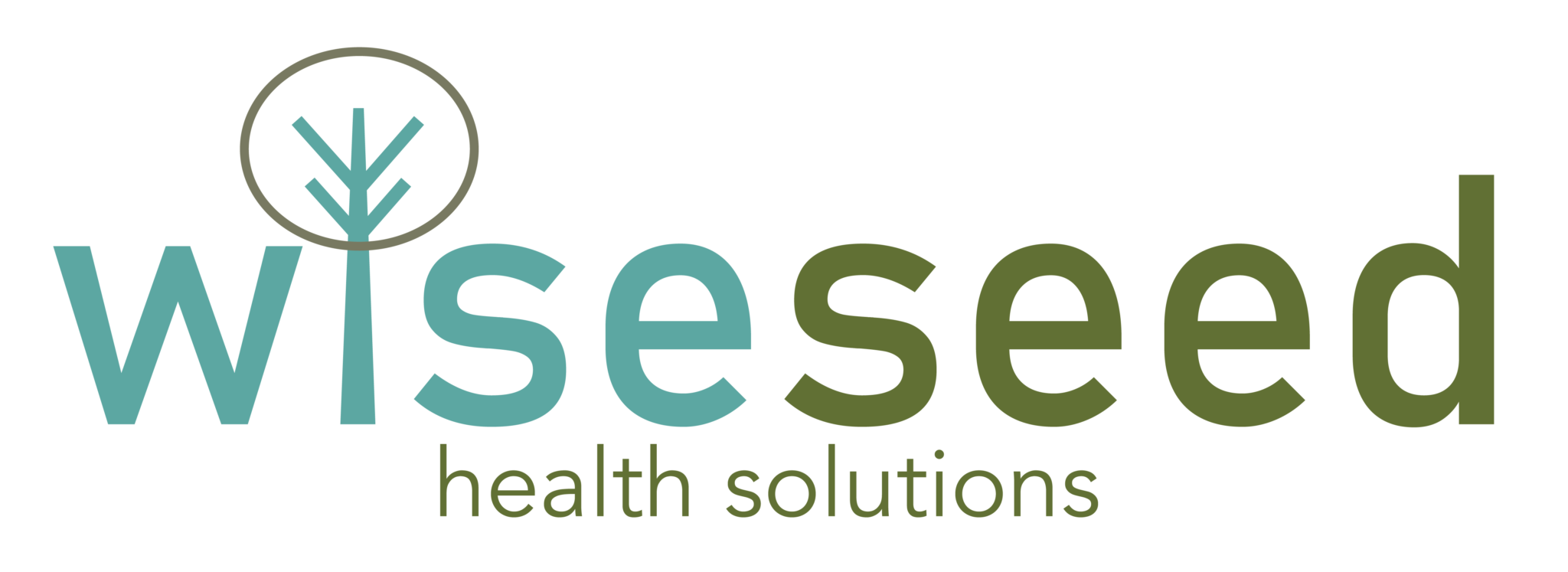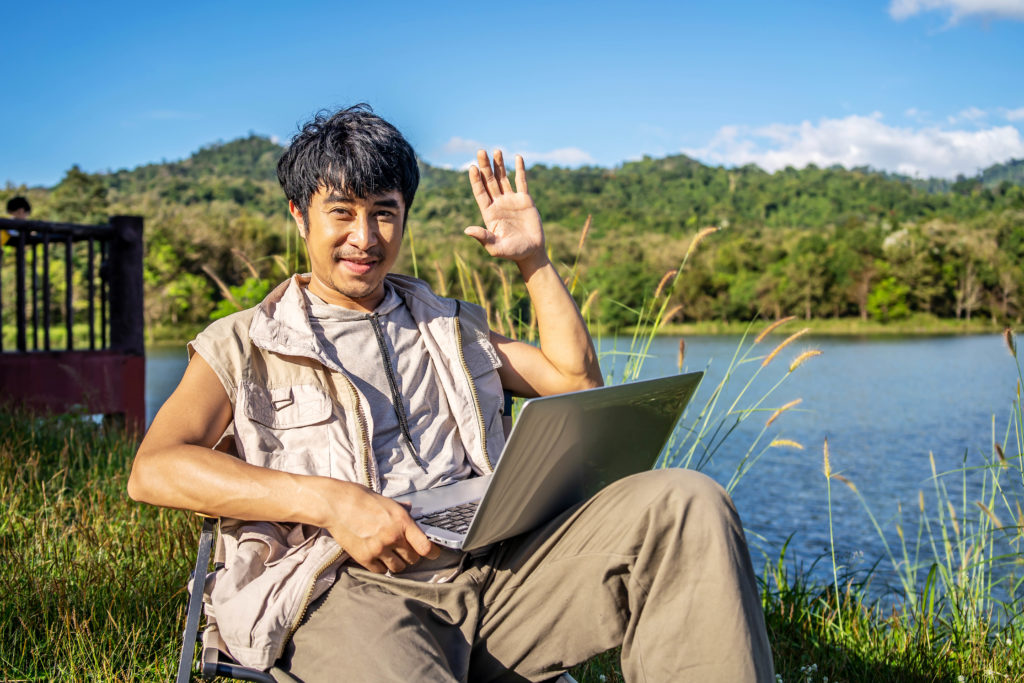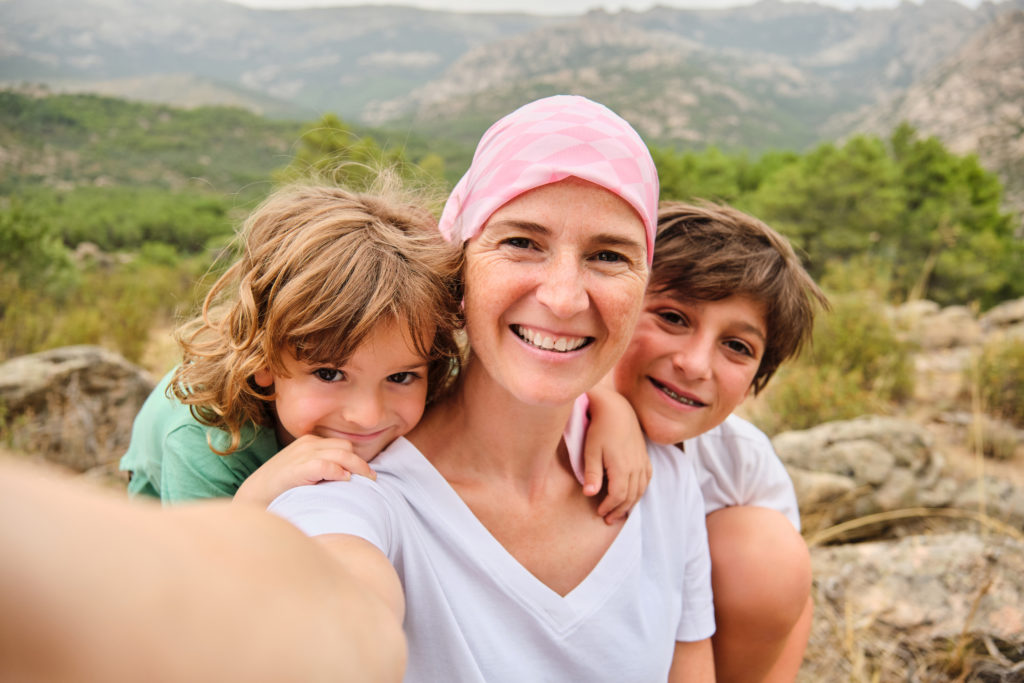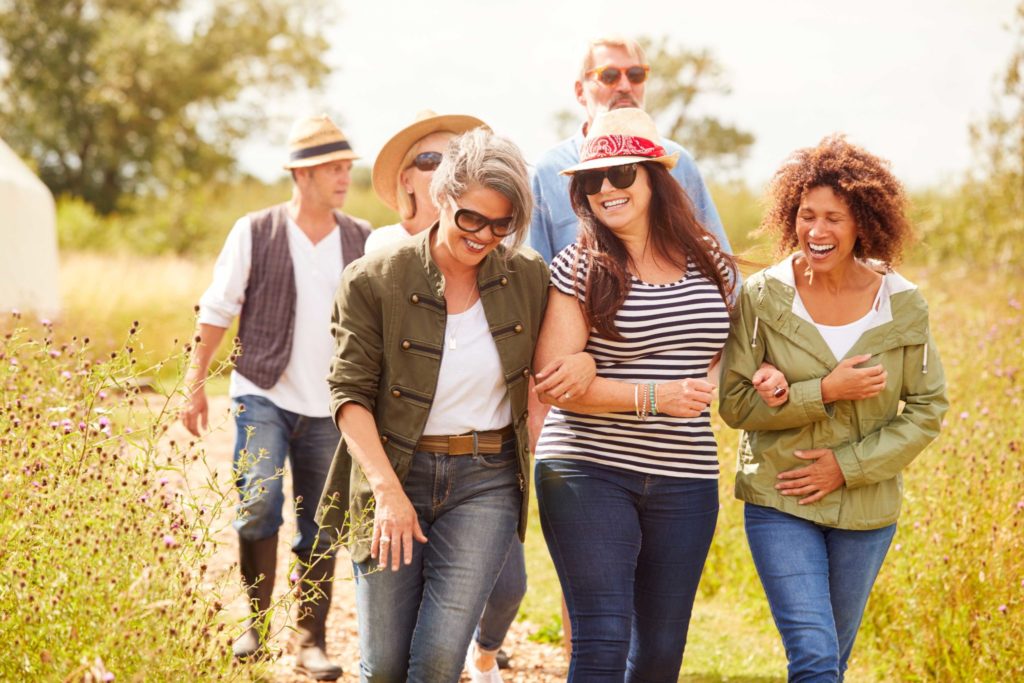How to Use Exercise to Overcome Disability
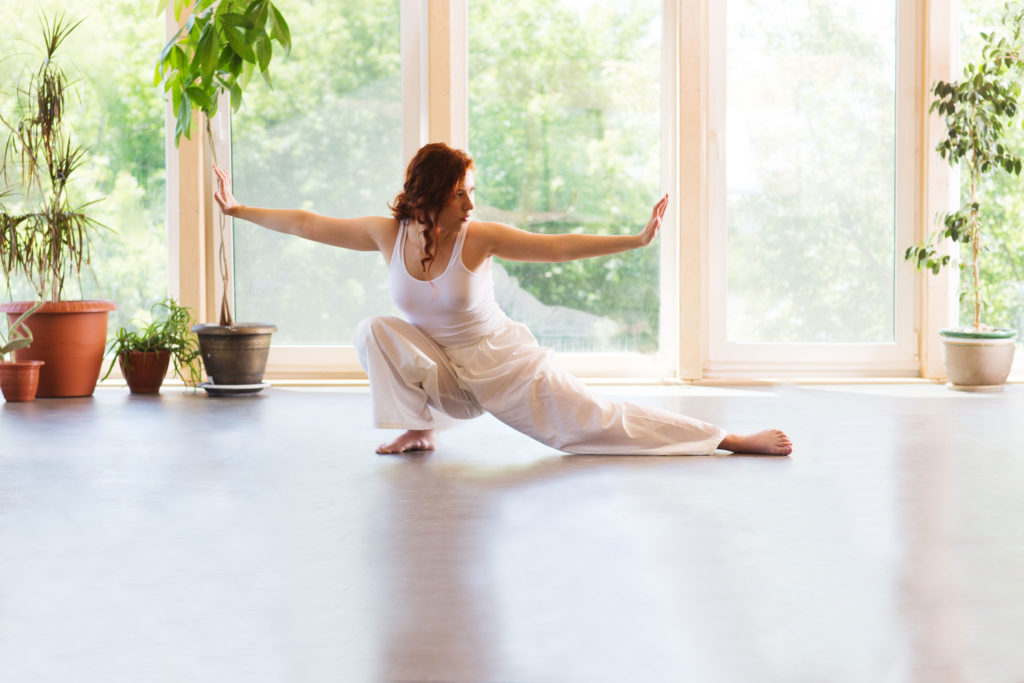
“The greater the obstacle, the more glory in overcoming it.”
– Molière
Recently several people have reached out and asked about using exercise to overcome disability.
Because I have personally used exercise to overcome disability, I firmly believe that exercise can, and indeed should be used by people with disabilities to maximize their potential.
This of course assumes that you have no medical conditions that make exercise dangerous for you.
To be clear, the boneheaded approach that I used to overcome my disability was, in retrospect, just awful. It involved maxing out on the squat, bench press, and deadlift each and every week.
While this is a great plan for anyone who wants to accumulate a resume of long-term injuries, it’s not so great for those of you seeking a safe approach to improve your health and wellbeing.
Instead, I advocate that anyone with a disability consider beginning their fitness journey using methods that are low risk but have a high return on investment. One such approach is movement-based mind-body interventions, which are the focus of this article.
What Are Movement-Based Mind Body Interventions (MBI)?
Movement-based mind-body interventions (henceforth known as MBI) combine structured movements with breathing exercises, meditation, and relaxation techniques (1).
The best-known forms of MBI are yoga, Pilates, and Tai Chi. In my view, these disciplines provide an ideal approach for people recovering from injury, surgery, illness, or are confronting either disability or old age.
This is because the entry-level movement patterns that are taught to beginners, combined with the inclusive philosophy of most yoga, Tai Chi, and Pilates schools, create a wonderful environment for people experimenting with exercise to address physical and emotional challenges.
Although lifting chalk, weight belts, heavy metal, and spotters are likely an unwelcome intrusion to your average yoga or Pilate’s class, don’t be fooled into thinking that MBI is the domain of out-of-shape hipsters.
In truth, there are no limitations to physical development for practitioners of MBI. The integration of MBI with advanced calisthenics, animal flow, gymnastics, and resistance training has created athletes with phenomenal levels of strength, mobility, agility, and conditioning.
The Health Benefits of Movement-Based Mind Body Interventions.
There have been many benefits reported for MBI.
For example, studies suggest that Tai Chi can improve the flexibility, balance, and mobility of older adults (2). Yoga has many health benefits for older adults, including improving balance, strength, cardiovascular health, and blood pressure (3). Finally, Pilates has been reported to improve core strength, dynamic stretching, body control, the flow of movements, concentration, and breathing (4).
Thus, there are many reasons to believe that MBI is a suitable approach for people seeking to overcome disability.
What the Research Shows
To determine the health benefits of MBI for old-to-very-old adults, Dr. Donath and Colleagues analyzed the results of 30 randomized controlled clinical trials that examined the effectiveness of Pilates (11 studies) and Tai Chi (19 studies) on the physical attributes of people over the age of 65 (5). Unfortunately, no yoga studies passed the inclusion criteria of the analysis.
The inclusion of thirty independent studies allowed the Authors to pool the data from 2,792 people with a mean age of 71 years (5). Thus, this analysis provides us with a good overview of the health benefits of MBI for old to very old adults.
What the Authors Found
The Authors compared MBI interventions to both physically inactive people over the age of sixty-five (5). They assessed the impact of MBI on a range of physical attributes.
Strength
Loss of strength is a hallmark of the aging process. In addition, disability and the resulting lack of physical activity also cause a significant decline in strength. Strikingly, older adults who engaged in MBI displayed large improvements in strength relative to inactive adults. Interesting, this effect was less (although still moderate to large) for the upper body (5).
With respect to lower body strength, MBI produces significant improvements in strength compared to remaining inactive (5). This is extremely important because having a strong lower body greatly reduces your risk of falling. And as falls often have catastrophic consequences for the old and the disabled, this is very good news indeed.
Balance
Engaging in MBI imparts a small but nonetheless significant improvement in static balance in old adults (5). Again, with respect to reducing the risk of falls, this is good news.
Mobility
Mobility is your ability to actively move your joint through its entire range of motion. For example, to drop into a full squat position, you must have great hip and ankle mobility. Old adults who engaged in MBI experienced moderate improvements in their functional mobility (5).
Flexibility
In contrast to mobility, flexibility refers to your ability to move your joints passively through their range of motion. For example, being able to do the full splits is an excellent display of hip flexibility. MBI produced small to moderate improvements in the flexibility of older adults (5).
Endurance
Finally, older adults who engaged in MBI experienced small to moderate improvements in endurance performance (5).
Take Home Message
The systematic analysis of thirty randomized clinical trials shows that Tai Chi and Pilates improved the fitness of old to very old adults. Specifically, both Pilates and Tai Chi improved the strength, mobility, flexibility, balance, and endurance of adults aged 65 and older.
Importantly, because the MBI interventions are well tolerated and effective for very-old adults, it’s likely that they are also a safe and effective option for you.
Please click on the link below to download your free PDF.
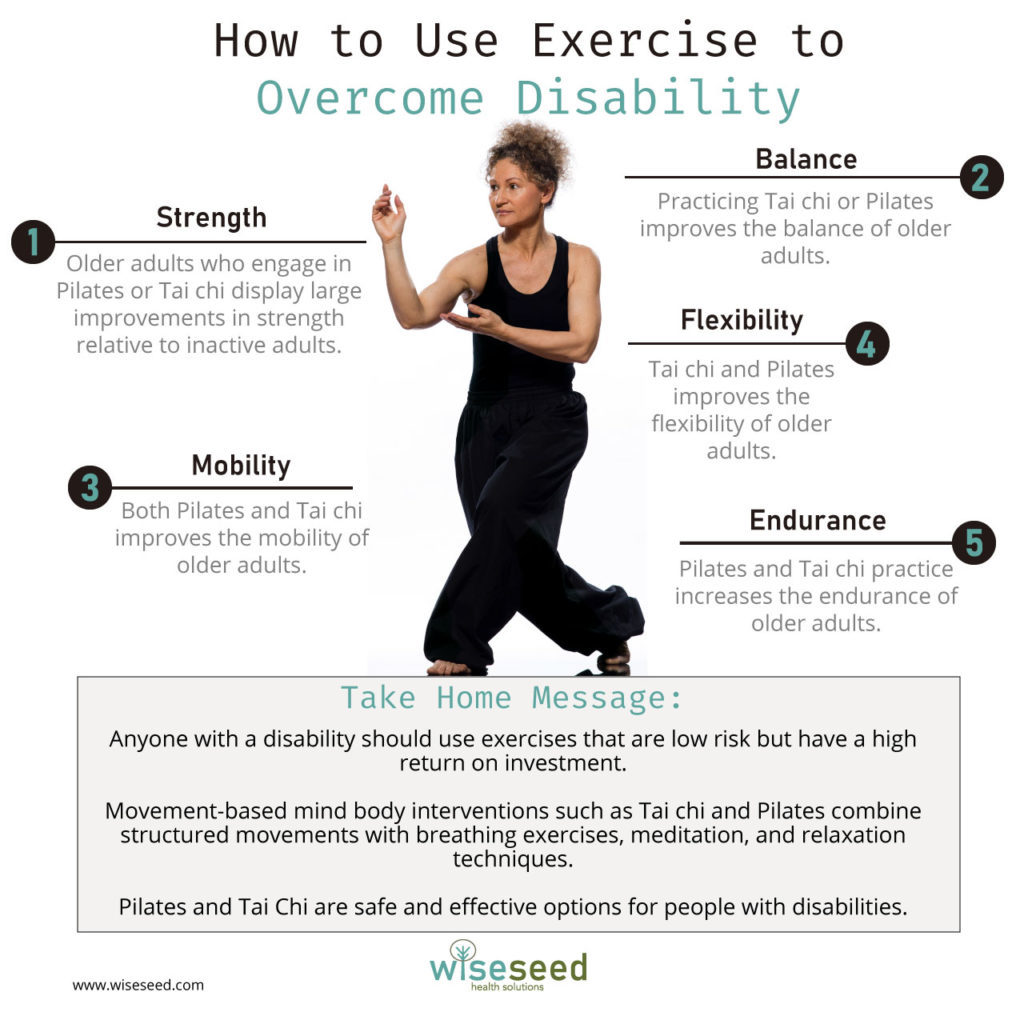
References and Further Reading
1. D. L. Hall et al., Mind-body interventions for fear of cancer recurrence: A systematic review and meta-analysis. Psychooncology 27, 2546-2558 (2018).
2. R. E. Taylor-Piliae et al., Effects of Tai Chi and Western exercise on physical and cognitive functioning in healthy community-dwelling older adults. Journal of Aging and Physical Activity 18, 261-279 (2010).
3. K. M. Chen, W. S. Tseng, L. F. Ting, G. F. Huang, Development and evaluation of a yoga exercise programme for older adults. Journal of Advanced Nursing 57, 432-441 (2007).
4. G. C. M. F. Pucci, E. B. Neves, F. J. F. Saavedra, Effect of pilates method on physical fitness related to health in the elderly: a systematic review. Revista Brasileira de Medicina do Esporte 25, 76-87 (2019).
5. S. A. Ebner et al., Effects of movement-based mind-body interventions on physical fitness in healthy older adults: a meta-analytical review. Gerontology 67, 125-143 (2021).
Acknowledgements
Images provided by OSTILL and Ulza
Disclaimer
The material displayed on this website is provided without any guarantees, conditions or warranties as to its accuracy.
Information written and expressed on this website is for education purposes and interest only. It is not intended to replace advice from your medical or healthcare professional.
You are encouraged to make your own health care choices based on your own research and in conjunction with your qualified practitioner.
The information provided on this website is not intended to provide a diagnosis, treatment or cure for any diseases. You should seek medical attention before undertaking any diet, exercise, other health program or other procedure described on this website.
To the fullest extent permitted by law we hereby expressly exclude all warranties and other terms which might otherwise be implied by statute, common law or the law of equity and must not be liable for any damages whatsoever, including but without limitation to any direct, indirect, special, consequential, punitive or incidental damages, or damages for loss of use, profits, data or other intangibles, damage to goodwill or reputation, injury or death, or the cost of procurement of substitute goods and services, arising out of or related to the use, inability to use, performance or failures of this website or any linked sites and any materials or information posted on those sites, irrespective of whether such damages were foreseeable or arise in contract, tort, equity, restitution, by statute, at common law or otherwise.
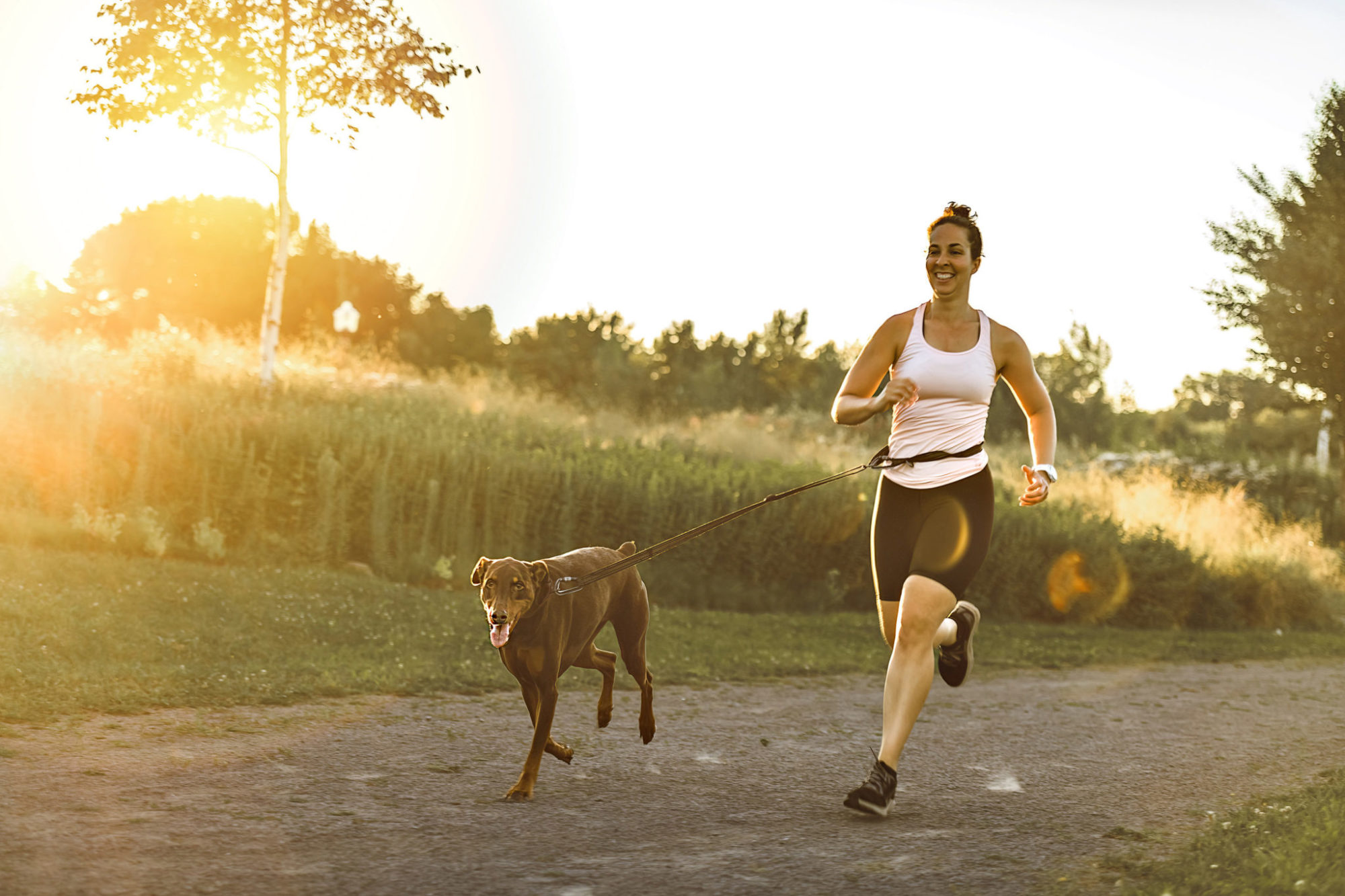
Ten Minutes is All You Need
Research has shown that ten minutes of moderate-to-vigorous exercise performed each day is enough to significantly reduce your risk of early death.
